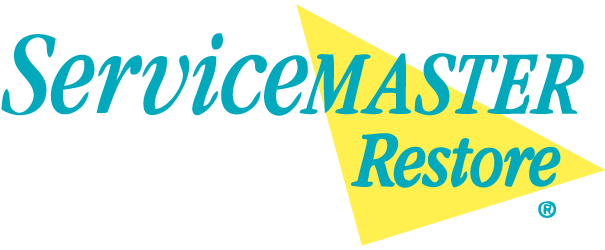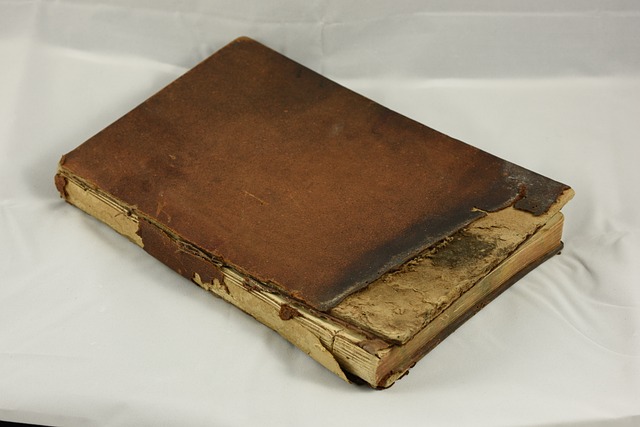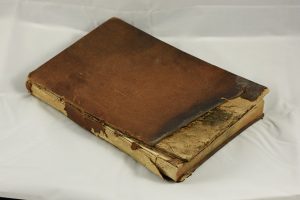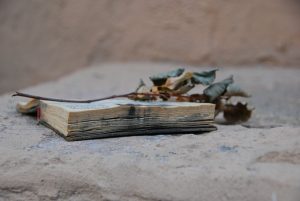Sometimes the books you own may have sentimental value or relate to a personal experience or certain interest. Finding that a book that is important to you is wet after a flood can be devastating. Many books can be replaced by ordering new ones and getting rid of the old copy, however sometimes the old copy may have monetary or sentimental value that cannot be replaced.
If water damage or flooding in your home has affected your books or important documents, rest assured that it may not be permanently damaged. Even if the pages are sticking together, or are fully soaked, you may be able to save it. If you want to make sure that your wet books and documents can be salvaged, you can reach out to a professional content cleaning and pack-out company for help.
The drying out process for a wet book will vary based on the degree of wetness it has experienced. Do expect that you will have some distortion on the item once it is fully dried. The processes outlined below are for books that are fully soaked, or partially wet or damp.
How to Dry Fully Soaked Books or Documents
Here are some things you can do to try and save a book or documents that are fully soaked by water. The main strategies are the air drying and freeze-drying processes. These strategies will work for all hardcover or paperback books.
Air Drying Process
- Get rid of the extra water:
Bring the book to the dry area. If it is dripping wet, hold it tightly closed and shake out as much water as possible.
- Wipe down cover:
Make sure to use a dry towel or rag to wipe the cover lightly. Avoid wiping the pages as adding pressure to them may tear them. Remove as much water from the outside of the book as possible.
- Lay down a dry washcloth or paper towels:
Use some paper towels or a dry washcloth on a dry flat area to absorb the water from the book. Make sure that these materials do not have dye as they may bleed onto the book. If rain is not expected, leave the book outside to dry in the sun.
- Put the book upright so it dries faster:
Once you have paper towels or a dry cloth and you’ve put the book on it, stand it upright. This will help water flow into the base of the book. A hardcover book will be easy to stand up, but if you are dealing with a paperback book, use some book ends or weights to prop the book up. You can also use fans to circulate the air to make the drying process more speedy.
- Put paper towel sheets or rags between the pages:
Putting some paper towels between the pages will help soak up the water. This may be quite the job if the book has hundreds of pages, so you can try putting the paper towels in between the front and the back covers only.
- Let the book sit in in place:
The book should be left in a standing position as long as needed so it can fully dry.
- Use a string to hang the book to dry:
Hardcover books usually dry more easily than paperback books. Hanging your wet book on a fishing line will allow it to dry quickly and efficiently. Do not use this strategy if the book is soaking wet as you may damage or rip the pages. Use the strategies above first and then once it is somewhat dry, hang it on the fishline.
Freezing and Freeze-Drying Method
The freezing process will help wet materials stabilize and prevent mold from forming. When it comes to rapid freezing, -15 to -20 degrees F is recommended so there are no ice crystals. Usually, home freezers are not capable of this process.
Once the books or documents are frozen, it’s best to use the vacuum freeze-drying process. With this process, the water from the material that is damaged goes from frozen to a gaseous state which minimizes damage from running dyes and inks, paper cockling, or boards warping. The materials should not be placed in the freeze-dryer in distorted shape. If freeze-drying is not possible, the materials should be thawed and air dried.
Drying damp books or documents
Here is what is needed for drying damp books or documents. Make sure to follow these steps for the best results:
- The drying area should be covered with dry plastic sheeting and paper that is absorbent.
- You should stand the damp books on head or tail. If the cover is damper than the rest of the book you can put absorbent paper between the boards and the book and keep changing them as they get wet.
- Use fans to dry the book fully.
Drying books and documents can be a very lengthy and complicated process. If you are unable to recover your items yourself, make sure to reach out to our professionals for help. We use advanced drying methods that may be able to save your books and documents.
Have you experienced a sentimental book or documents getting wet from a flood? ServiceMaster S&R Systems can help! We will pack out your items and restore them in our facility. You can rest assured that we will transport and store your items with great care until they are returned to you. For all your water damage restoration needs, call (630) 896-0030 for more information.



